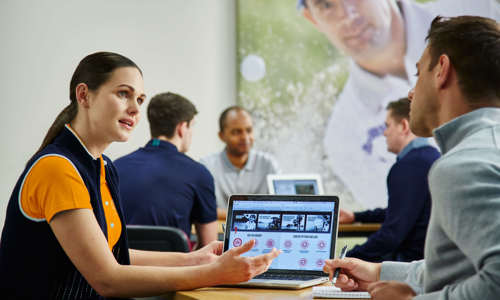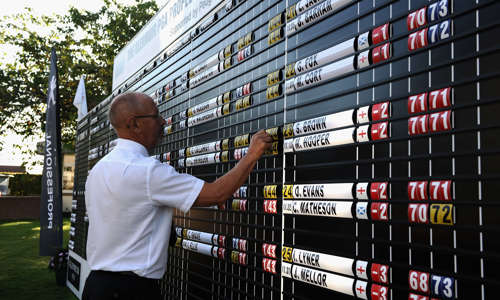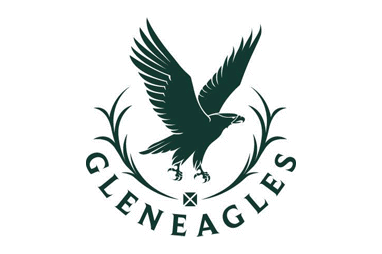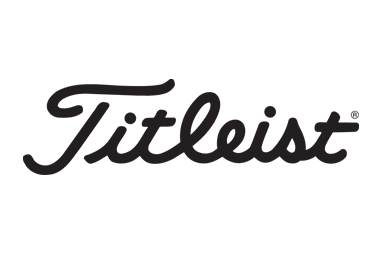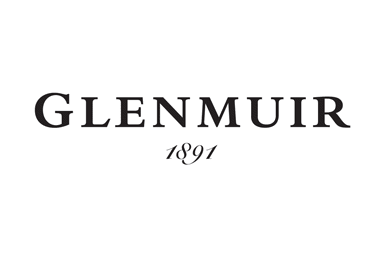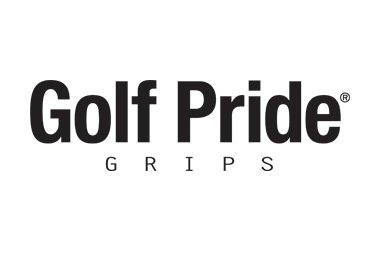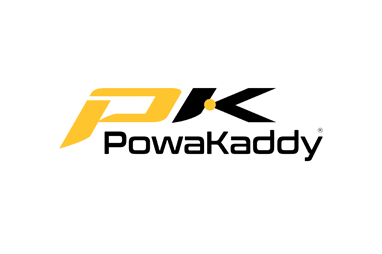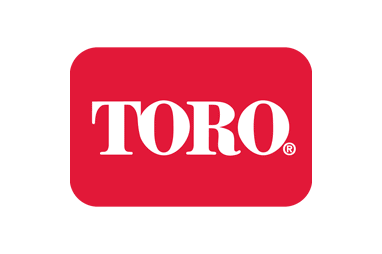An interview with Guy Kinnings

08/06/2022
Guy Kinnings is Deputy Chief Executive of the DP World Tour and was formerly Head of Golf at IMG. In his days as a manager, he looked after the likes of Colin Montgomerie and Thomas Bjorn, among many others.
In a wide-ranging interview with Golf Business Quarterly, he reflects on: his lifetime in the game, the commercial opportunities for golf in the years ahead, the future of women’s professional golf and the positive impact for golf, which became the sport of the pandemic.
PLAYERS WHO TRANSCEND GOLF
We have had players that have been truly global and have transcended the sport. We’ve all been privileged to have lived in the Tiger era and he's changed the game forever.
I saw the end of the Big Three. What Arnie did in appealing to the bluecollar audience was extraordinary. It's not just about players and what they've won, it's how they've done it and it's the influence they can bring to bear.
Equally, the No 1 player in a country is a brand within that country. They may not be in the top 50 in the world, but the influence they can have on the sport in that country is pretty significant. We're very lucky that golf as a sport punches above its weight, it has huge recognition in a lot of countries. You think about Camilo Villegas in Colombia, Vijay Singh in Fiji, Haotong Li in China and Lorena Ochoa in Mexico.

THE FUTURE OF PROFESSIONAL GOLF
I've never seen golf as healthy as it is right now. It may well be one of the few sports emerging from the pandemic stronger than it went in. The global game is in a healthy state and it's growing demographically and geographically.
I don't think there's necessarily a need to say we've got something to solve. I think what we need to do is to take the product we have and then refine and improve. That's all we are doing. Our only job is to control what we can control, make that product better every day, every year, so that people consuming it, watching it, attending it, playing in it can see that it's getting better.
Participation numbers are up, so is the commercial interest. Companies want to be associated in some way. I think that indicates that what we've got is in a pretty good place. It's beholden on us as the governing bodies to work together to elevate it still further. What we're doing is refining something that I see as being in a pretty healthy state.
NEW START-UP TOURS
I always view it as a compliment to the game that there are people interested from private equity or whatever it is. They wouldn't be doing it if the game wasn't in pretty good health. What we’ve got to recognise is that there is fantastic strength, but we need to be light on our feet. We need to evolve constantly.
NEW FORMATS
Our job is to provide prize money and playing opportunities for our members. You have to find a balance. It's not possible to change everything to a completely new formula. You have to accept the staple diet of 72-hole strokeplay which most golfing careers are defined by, but equally have the ability to bring in formats like the Shot Clock Masters, Golf Sixes and the mixed event that we do in Sweden with Henrik and Annika.
We have to make sure the product is as good as it can be for the members and for the viewers. I think golf is sufficiently flexible in terms of number of holes, format and whatever else. We have to make it appealing to all of our constituencies. But I do think it's possible.
ON THE FUTURE OF THE RYDER CUP

When I moved away from the management side of events and clients and everything IMG, it was in a large part because of the opportunity to work on this event. Literally within a couple of months, I was lucky enough to be there dealing with the Ryder Cup in Paris in 2018, which I thought was exceptional. And I was lucky enough to work with an old friend, Thomas Bjorn, who I'd worked with as his manager.
We're not going to do anything that changes that winning formula but we do think there are ways in which we can elevate still further that experience. At the moment you have three days of the most fantastic entertainment, and they're normally incredibly close matches.
For sure, we're going to have to set that right after Whistling Straits. What we want to do is to try and increase the experience, both for those who are there and those who are watching. The Ryder Cup is the one moment when everyone in sport, and even people outside it, wants to watch. You've got to remember, we do what we do as a tour to feed the money through to the members. That's our job.
Similarly, we have to support the tours because the players are giving their time so willingly. We support causes that go across Europe that will hopefully generate the next generation. So again, the goal is not to make it as financially successful as possible just for the sake of it.
We know we need to improve and do things better when we get to Rome in 2023. It's working together with all the stakeholders to say, just look at what we've got, it is wonderful. How can we make it even better for all the people watching at home, for those that are there on site, and for the players who are there and give their time?
BUILDING A PLAYER’S BRAND

A player’s brand only develops because of how that player conducts himself or herself at any given moment, every single moment. How are they handling themselves? Whether it's signing autographs after a terrible round, whether it's going and giving a media interview, even though they don't feel like doing it, whether it's turning up and doing the half an hour that's expected at an appearance, but staying for an extra 20 minutes – all of those things build the brand.
Every single moment, a player carries his or her own personal brand and that of the sport. In general, the players have done a wonderful job helping to promote the game.
THE DP WORLD TOUR’S AWARD-WINNING SOCIAL MEDIA
We’ve been incredibly lucky with the willingness that the players have had to give their time and allow themselves to have a bit of fun. They then elevate the sport. The number of people I've had, who comment, wow, we love that stuff. It makes people think about the sport in a different way. That's building the brand of the sport and it’s building that personal brand.
THE MEN’S AND WOMEN’S GAMES WORKING TOGETHER
I think there's still more to be done. One of the greatest assets of our sport is its flexibility. It's the ability of men and women to play together. We have handicapping. You can stand there and compete against the finest female and male players. The Pro-Am allows you five hours with your superstar. The ability to have men and women, old and young, playing together is a huge strength of ours.


We help in every way that we can for the women's game to get the profile it deserves. You saw the success of the Solheim Cup last year – what a performance!
The governing bodies don't need to merge if we're working together and willing to share best practices and sponsorship opportunities. I'd love to see men and women competing in a team event. I think in time that will probably come. In golf we've always had the opportunity and I think we're now taking it.
THE DP WORLD TOUR IN THE PANDEMIC
We've been incredibly lucky. We did not lose a single sponsor during the crisis. For sure, we had to sit down with each and every one and understand that they were going through a very tough financial time, but we didn't lose any. We Renewed. We added multiple new sponsors. These brands show an interest only because we can now control the data and demonstrate to them the value in their investment. They're not doing it for the lovely old fashioned way of because the MD loves golf. It's now a science – and research, analysis and fundamental to it.
CLICK HERE to read the latest issue of Golf Business Quarterly.
- Categories:
- Members

